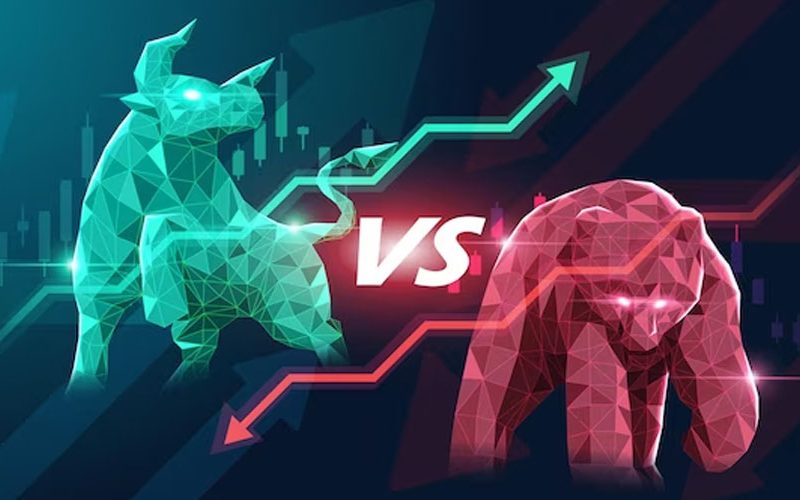Unveiling the distinct characteristics of trading and investing
Two primary approaches dominate the landscape in financial markets: trading and investing. While both strategies involve participating in markets to generate returns, they diverge significantly in their core principles, objectives, and time horizons. Understanding the key differences between trading and investing is crucial for individuals seeking to navigate the world of finance effectively.
Trading:
Trading is characterized by a shorter time horizon ranging from minutes to days. Traders aim to profit from short-term price fluctuations in various financial instruments, such as stocks, currencies, commodities, or derivatives. Here are some fundamental aspects that define trading:
- Time Horizon: Traders have a relatively short time horizon and may open and close positions within the same trading session. Their primary focus is on capitalizing on price volatility.
- Frequency of Transactions: Trading involves frequent buying and selling of assets, sometimes executing multiple trades in a single day. High-frequency traders (HFTs) engage in extremely rapid trading within fractions of a second.
- Risk Tolerance: Traders often have a higher risk tolerance, as they are prepared to accept short-term losses in pursuit of potential gains. Risk management is a critical aspect of trading.
- Analytical Tools: Traders rely on technical and fundamental analysis, chart patterns, technical indicators, and real-time data to make informed decisions. They often use short-term strategies like day trading, swing trading, or scalping.
- Emotional Discipline: Successful traders require emotional discipline to stick to their trading plans and manage stress effectively during volatile market conditions.
Investing:
On the other hand, investing focuses on a longer time horizon, typically spanning years to decades. Investors aim to build wealth gradually by acquiring assets expected to appreciate over time. Here are the key attributes of investing:
- Time Horizon: Investors have a long-term perspective and are willing to hold assets through market fluctuations. Their primary objective is wealth accumulation over the years.
- Frequency of Transactions: Investors execute fewer transactions compared to traders. They buy and hold assets with the expectation of long-term growth.
- Risk Tolerance: Investors generally have a lower risk tolerance than traders. They prioritize wealth preservation and steady, long-term returns.
- Analytical Tools: Fundamental analysis, including financial statements, economic indicators, and industry trends, plays a crucial role in investment decisions. Investors focus on the intrinsic value of assets.
- Emotional Discipline: While investors also need discipline, their approach is less affected by short-term market emotions. They tend to adopt a patient and steadfast mindset.







